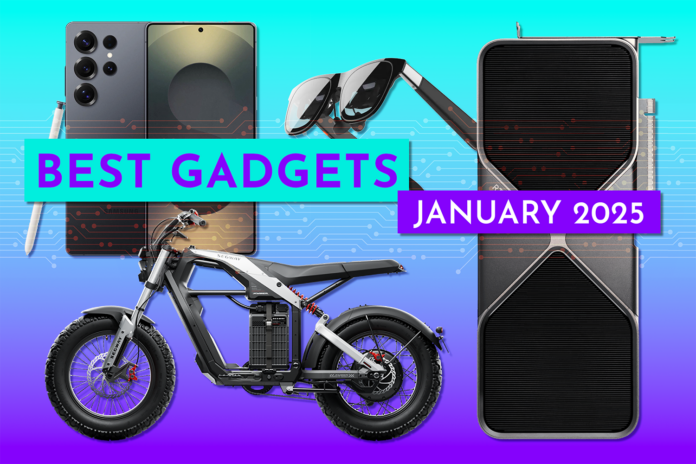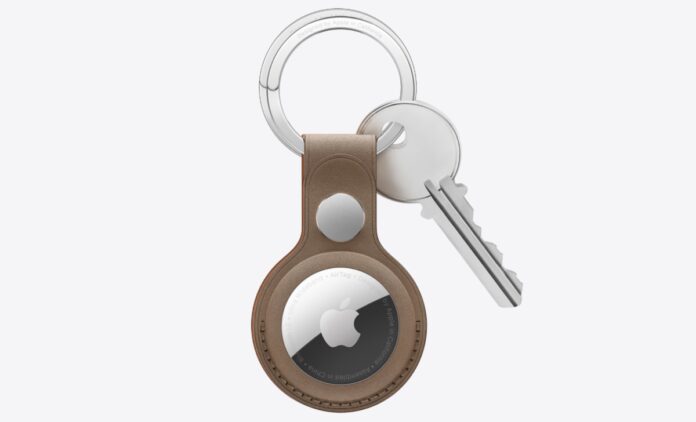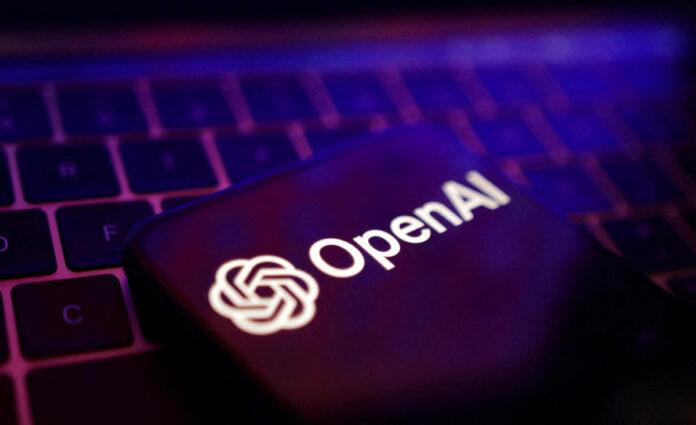News
Featured
A Coding Implementation of Accelerating Active Learning Annotation with Adala and...
In this tutorial, we’ll learn how to leverage the framework to build a modular active learning pipeline for medical symptom classification. We begin by installing and verifying Adala alongside required dependencies, then integrate Google Gemini as a custom annotator to categorize symptoms into predefined medical domains. Through a...


![this-article-was-written-by19659002and.jpg This article was written by[19659002]and](https://aiobserver.co/wp-content/uploads/2025/02/2669-this-article-was-written-by19659002and-696x392.jpg)












